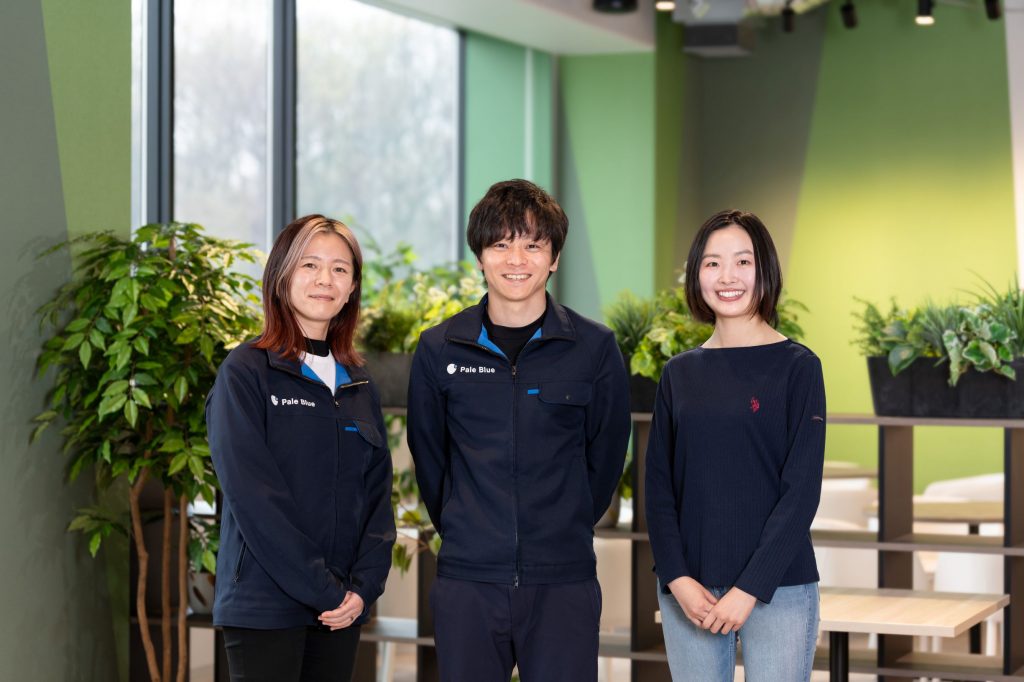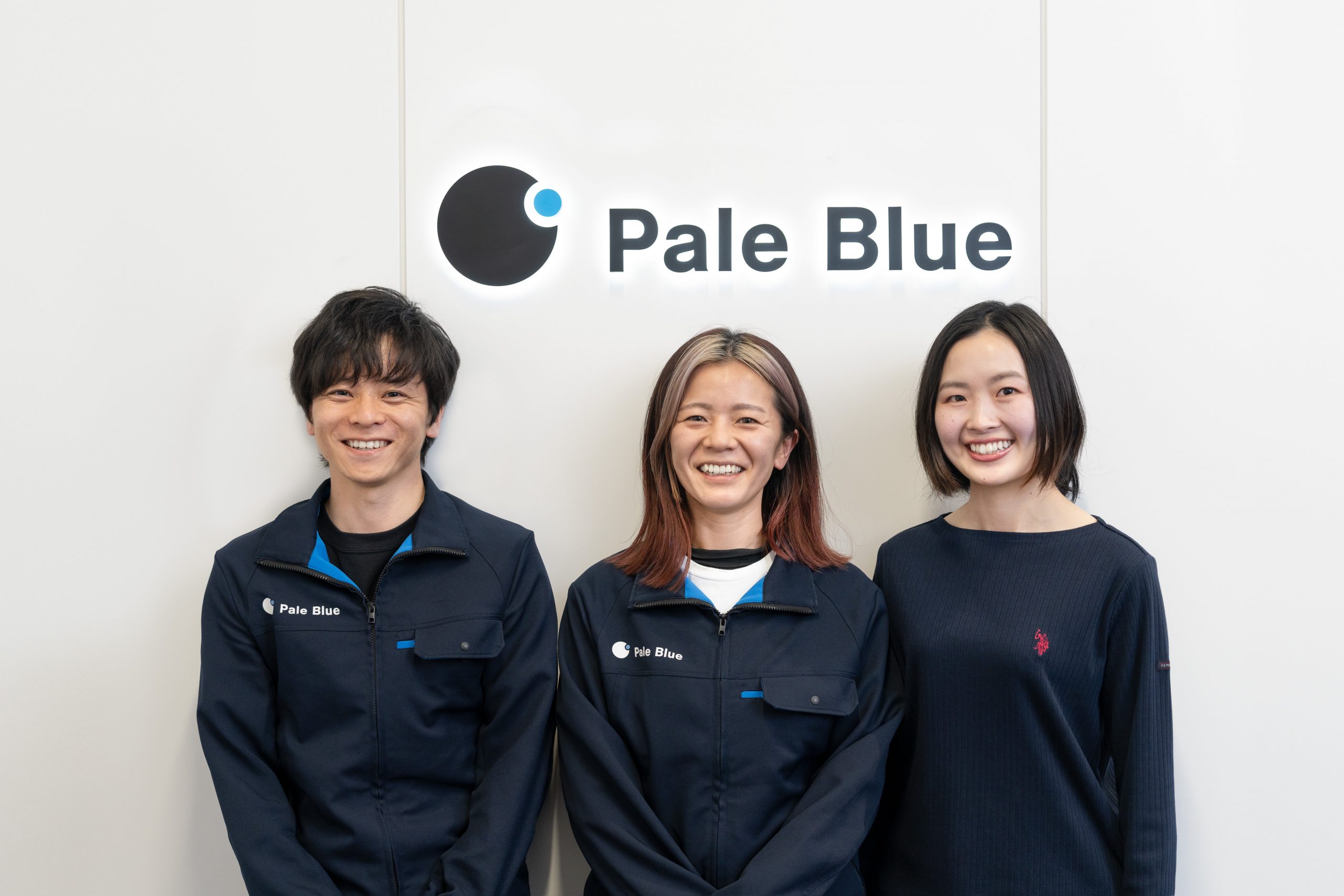Entrepreneurship with the aim of social implementation of research results at the University of Tokyo
First of all, please give me an overview of your company.
Pale Blue Asakawa: We are a venture company from the University of Tokyo that challenges R&D and manufacture of propulsion machines that can be mounted on small satellites. It was founded in 2020 with the aim of social implementation of "water engine" technology born from a laboratory in the Department of Aerospace Engineering. The founding members are researchers who have been engaged in research and development of propulsion machines for many years, and I am the representative director.
Our origins go back to the laboratory where we belonged. In addition to basic research on propulsion machines, the laboratory was challenging both basic research and practical use of satellites in outer space. Based on the experience at that time, there is a gap between the results required for university research and the results required for practical use, and basic research alone is not implemented in society, but on the contrary, the basic performance of the propulsion machine is not easily improved by actual use alone. Therefore, in order to bridge the gap between the two, we established our company.
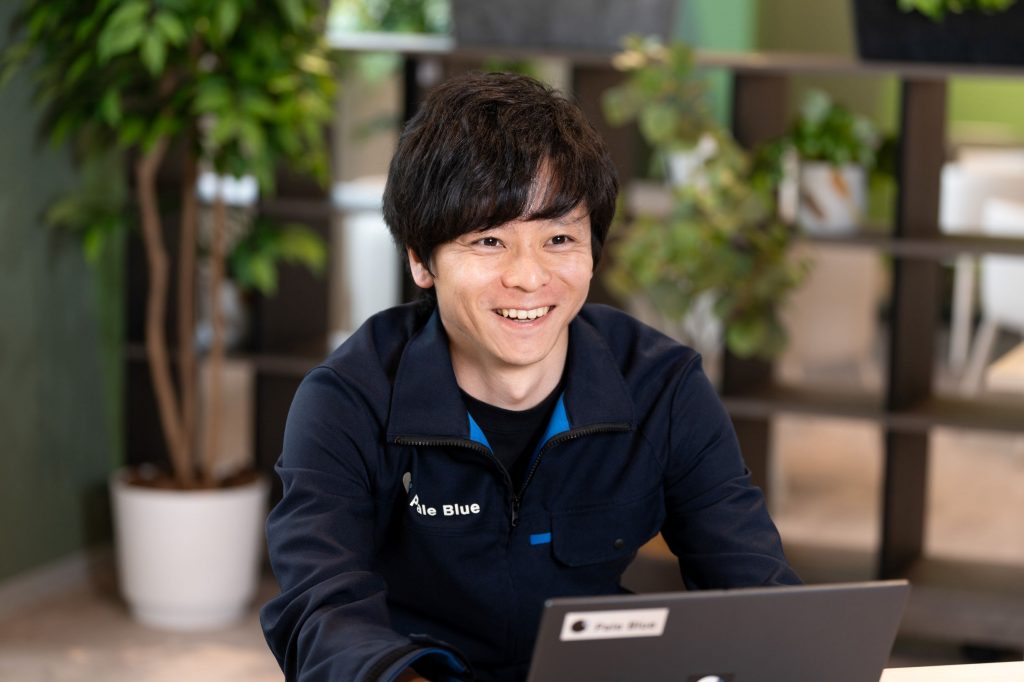
Please tell us more about the project called "Development of satellite propulsion machines".
Pale Blue Asakawa: Even if it is a satellite propulsion machine, it may not be familiar. A propellant is like an engine when compared with a car. After being separated from the rocket, satellites can be freely moved in space by a propulsion mounted inside. However, conventional propellants have high pressure gas and high toxicity, and there was a limit to miniaturization. In addition, there is a need to resolve that satellites and their fragments that have been operational continue to remain in orbit as space debris. Therefore, we would like to contribute to solving various issues surrounding small satellites by providing highly secure propulsions for satellites.
Please tell us about the characteristics of your propulsion machine.
Pale Blue Asakawa: The feature of our propulsion machine is that it is small enough to be mounted on ultra-small satellites, and water is used as a propellant. The conventional propellants use hydrazine and xenon as propellants, but these substances have issues such as safety and procurement costs. Our “water engine” utilizes “water,” a safe, non-toxic, low-cost, sustainable resource. Currently, we are developing water vapor propulsion machines, water ion slusters, and water hole slusters. Of these, the water vapor propulsion machines are actually installed in small satellites and have succeeded in orbit injection experiments.
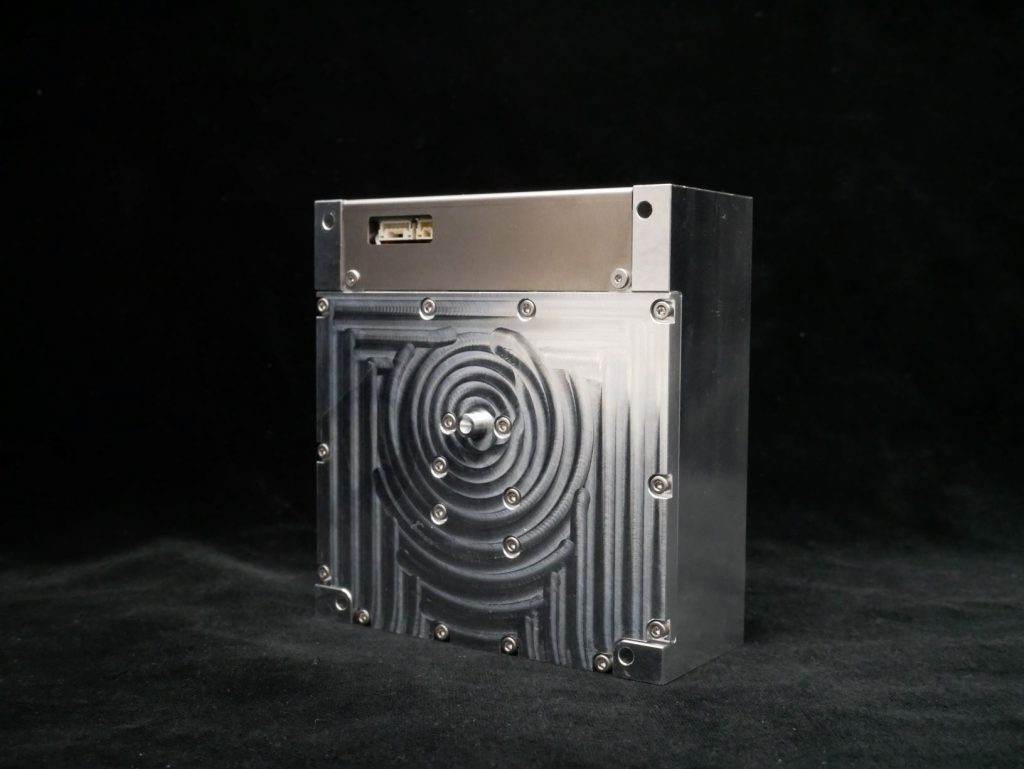
PBR-10 Water Vapor propellant of Pale Blue
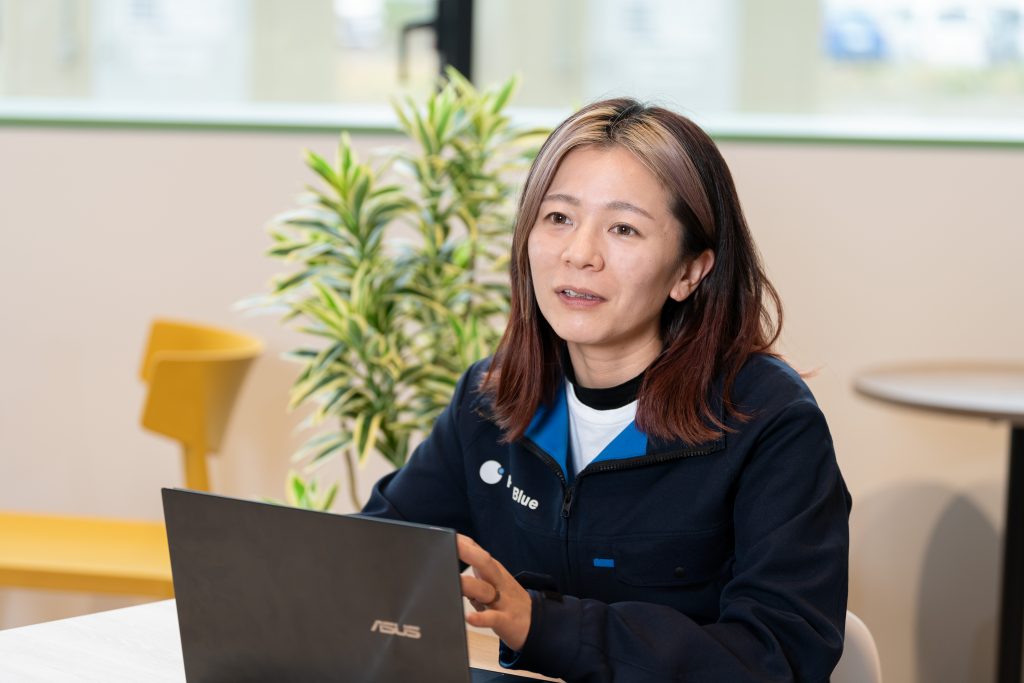
The space is large and the ceiling is high, so large equipment can be brought in.
Please tell us how you moved into Mitsui Link Lab Kashiwa-no-ha 1.
Pale Blue Asakawa: Since its founding, we have been developing technology at Tokatsu Techno Plaza (a venture support facility located in Kashiwa City, Chiba Prefecture). However, as the business expanded steadily, the facility alone became too small, so we arrived at Mitsui Link Lab Kashiwa-no-ha 1 in search of a new location.
Pale Blue Yamanaka: When moving into Mitsui Link Lab Kashiwa-no-ha 1, it was also a big point that we were able to rent a first floor floor where the ceiling was high and large equipment could be brought in without difficulty. Especially in the case of our business, large-scale equipment is required for research and development, so in the case of general rental laboratories, etc., there was a possibility that we could not carry in essential equipment due to floor weight restrictions and physical restrictions.

Please tell us if there is any "benefit of the lab" that you felt when you actually moved in.
Pale Blue Yamanaka: Shared facilities such as conference rooms are also very substantial. In the future, we would like to hold meetings of the Board of Directors and general meetings of shareholders in Kashiwa-no-ha Lab. I think the inside of the building is also very beautiful.
Pale Blue Asakawa: "Beautiful" is a very important point, and the environment of the place where you work is closely linked to the motivation of the people who work there. In the future, we would like to actively hold casual events, for example, within Kashiwa-no-ha Lab.
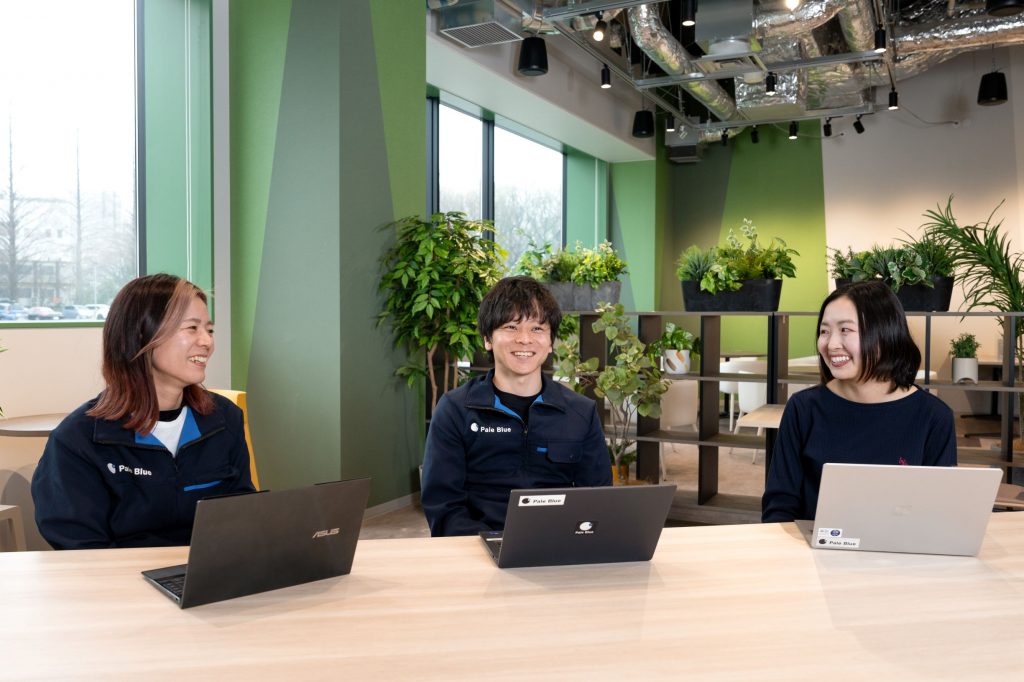
I want to spread the use of small satellites with a safe and cheap water engine
Do you have any interactions in the same lab?
Pale Blue Yamanaka: I participated in the exchange event several times. There is also an opportunity to greet people you know during the break at events, exchange business cards, and ask in detail about the business. Our company is a different type of industry in Mitsui Link Lab Kashiwa-no-ha 1, which is centered on the bioindustry, called R&D of satellite propulsion machines, so we often ask everyone to speak out. In that sense, the base of interaction with other companies is expanding.
Please tell us about future developments.
Pale Blue Asakawa: Among the water engines under development, we plan to establish a technology for mass production as the next step for water vapor propulsion, which has already been successfully demonstrated in outer space, and we plan to proceed with development at Kashiwa-no-ha Lab 1.
At the same time, we plan to continue to develop further technologies for water ion sluster and water hole sluster, which have not yet been completed in space with the same water engine, at Kashiwa-no-ha R&D Center. We hope to further increase the potential of small satellites and contribute to the sustainable and dramatic growth of space development in the future through the spread of propellants using water, which is excellent in terms of safety, procurement costs, and sustainability.
